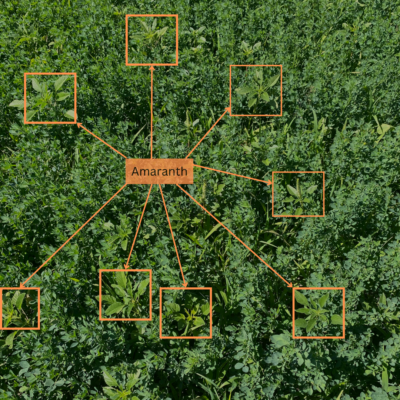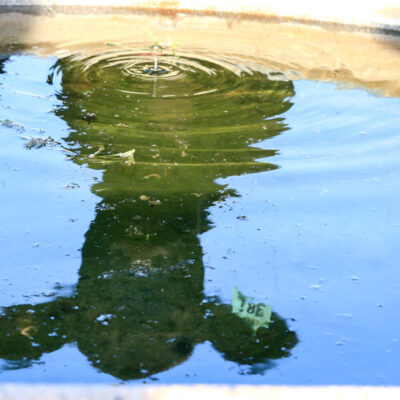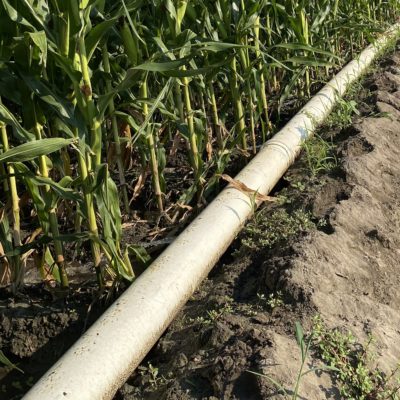Typically, livestock water access and quality are considered during the summer months when heat stress is a concern. I am choosing to address this topic during the cold winter months because as the temperature drops, below the thermal neutral zone animals consume more feed to increase metabolic heat production and water intake requirements increase with feed intake. Water is often an overlooked nutrient during the winter months although access to quality water is important for maximum health and production.
Additionally, I have received a concerning inquiry regarding adding salt to water to keep it thawed during the winter months. This could have deleterious effects on animal health. If a high salt water is provided with no alternate fresh water source, it could eventually lead to the animal’s death. It is important to remember that water serves many functions in the mammalian body including making up 70% of the body’s mass, regulating temperature, growth, reproduction, lactation, digestion, metabolism, and many other functions we typically take for granted to function properly. Therefore, access to quality water is important throughout all seasons, including the winter months.
Cattle can substitute snow if water availability is sparse but, access to quality water promotes maximum growth and reproductive performance. Cattle are not particularly fond of cold water and therefore, while they can use snow in place of water, they prefer a heated water tank. Below are 4 items to examine when determining water quality:
1. Total Dissolved Solubles (TDS)
This measures the minerals broken down within the water. Sodium chloride (NaCl), bicarbonate (HCO3–), sodium sulfate (Na2SO4), calcium (Ca) and magnesium (Mg) are some of the common solubles present in water. Less than 1000 ppm TDS indicates safe water and will not cause any animal health concerns. If the TDS is greater than 1000 ppm then further guidelines found in either the Ward Guide page 148 (http://wardlab.com/download/WardGuide.pdf) or Table 9-2 of Nutrient Requirements of Beef Cattle 8th revised edition page 156 should be referenced for Total Soluble Salts (TSS) guidelines
2. Nitrate
Health risks including abortion can occur in cattle drinking greater than 133 ppm NO3-N over long periods of time. Nitrate poisoning and death can result from cattle consuming water greater than 221 ppm NO3-N.
3. Sulfates
High sulfate water can result in health risks from diarrhea to Polioencephalomalacia (PEM), a disruption in thiamin metabolism resulting in a neurological disorder. It is recommended that calves are provided with water less than 500 ppm sulfate and mature beef cattle are provided with water less than 1000 ppm sulfate.
4. Contaminants
Other compounds can be found in water which are detrimental to cattle health. Below is listed common contaminants Ward Laboratories, Inc. tests for.
| Contaminant | Toxic level (ppm) |
| Aluminum | 0.5 |
| Boron | 5.0 |
| Copper | 1.0 |
| Fluoride | 2.0 |
| Manganese | 0.05 |
| Zinc | 5.0 |
| Selenium | 0.05 |
| Lead | 0.015 |
In conclusion, it is important to provide quality water low in soluble salts, nitrates, sulfates and other contaminants to cattle in order to maximize production performance and ensure healthy animals. Addition of salts to beef cattle water to keep it thawed during the winter months can increase the TDS. Thereby, having negative effects on cattle performance and health. If you are struggling with keeping waterers thawed, remember cattle can substitute snow for water when necessary, and options such as heated tanks should be considered. If you are really struggling and need to get creative, put a salt water solution in water bottles and allow them to float at the top to prevent ice formation.





Is the nitrate measurements nitrate as nitrogen or just straight nitrate?
Our water reports and guidelines show Nitrate-Nitrogen (NO3-N).
[…] zone the increase in feed intake is accompanied by an increase in water requirement. As always providing clean water is important in helping animals combat […]